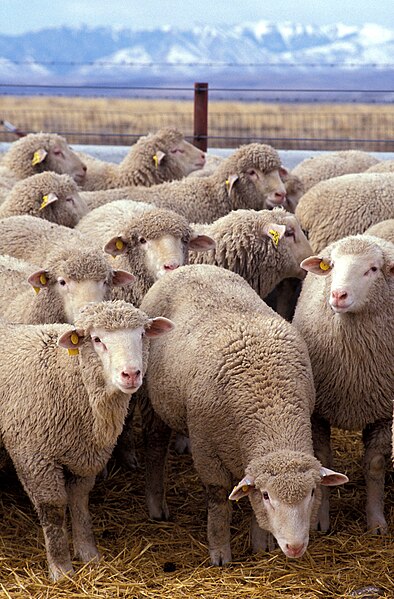Alternatives to Halon 1301 in fire extinguishing systems are being deployed. Many installations from which halon is removed can be protected with fire
sprinklers, depending on the level of damage the equipment in the space will incur by exposure to water. In other cases, different total flooding
agents can be used. The alternatives for normally occupied areas include (PFC-410 or CEA-410), C3F8 (PFC-218 or CEA-308), HCFC Blend A (NAF S-III),
HFC-23 (FE 13), HFC-227ea (FM 200), IG-01 (argon), IG-55 (argonite), HFC-125, or HFC-134a. For normally unoccupied areas, the alternatives include
carbon dioxide, powdered Aerosol C, CF3I, HCFC-22, HCFC-124, HFC-125, HFC-134a, gelled halocarbon/dry chemical suspension (PGA), blend of inert gas
and powdered aerosol (FS 0140), and IG-541 (Inergen).[3] Perfluorocarbons, i.e., PFCs such as C3F8, have very long atmospheric lifetimes and very high
global warming potentials. Hydrochlorofluorocarbons, i.e., HCFCs including HCFC containing NAF S-III, contain chlorine and are stratospheric ozone
layer depleters, although less so than Halon 1301. Their selection for usage as Halon replacements should consider those factors, and is restricted in
some countries. |





 If you have the money to buy chemicals by the
drum you have the money to store the bulk offsite.
If you have the money to buy chemicals by the
drum you have the money to store the bulk offsite.